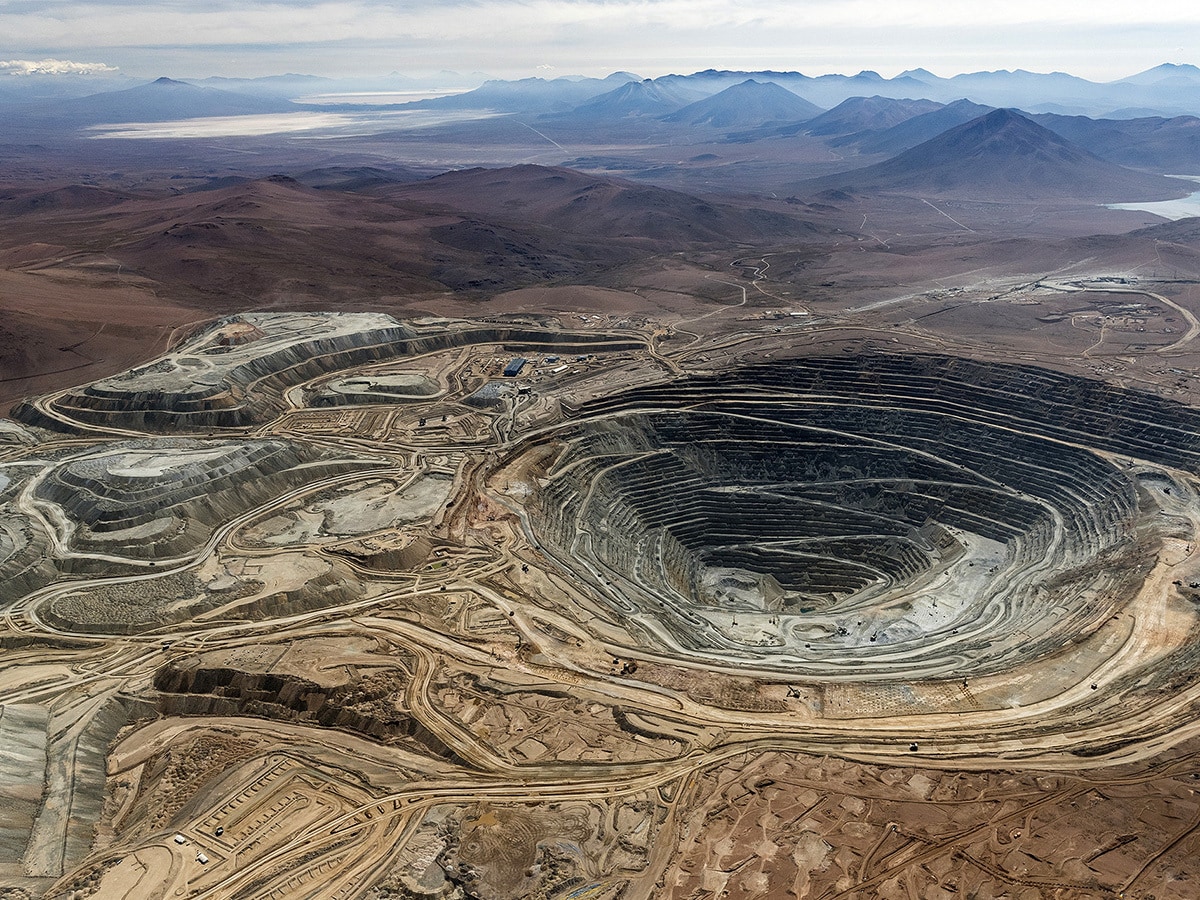Anglo American’s share price has risen by 16.7% so far this year, boosted by the news that it plans to invest $74m in exploration over the next seven years and an upgrade from analysts at Jefferies, who say the sector is set to perform well as it catches up to increasing demand.
Mining firm Anglo American [AAL.L] returned to Zambia after a 20-year absence from the East African country. The firm announced on 16 May that it had struck a deal with mining firm Arc Minerals, which will see it take a 70% ownership stake in the company. Anglo will also invest $74m in exploration over the next seven years and make a total of $14.5m in cash payments to Arc, according to Reuters. By working in partnership, the two firms hope to speed up the discovery of high-grade minerals.
Following the news, analysts at Jefferies raised their price target on the stock from 3,850p to 4,500p and labelled it a ‘buy’. In an analyst note, the firm says the mining sector as a whole is “poised to outperform” as economies, in particular China, emerge from lockdown.
Since 16 May, Anglo American’s share price has risen 3.1% to close at 3,455p on 14 June. In the year to date, the mining firm has risen a total of 15.7%. The share price is also well ahead of where it was in January 2020, before the pandemic struck, when it sat at around 2,100p.
African countries woo mining firms
As well as announcing the partnership with Arc Minerals, Anglo American subsidiary De Beers has also said it plans to start mining in Angola after signing two agreements with the country’s government.
Agreed in December, the licences are for the “award and exercise of mineral rights covering all stages of diamond resource development from exploration to mining and span a period of 35 years”.
Rio Tinto [RIO], another mining company that was raised to a ‘buy’ by Jefferies last week, also has plans in Angola. In October, it signed a deal with Angolan state-owned diamond mining firm Endiama to fund exploration in the country. As part of the 35-year deal, Rio Tinto will take a 75% stake in Endiama.
Australian mining firm BHP [BHP] has also committed to investing $100m in Tanzanian firm Kabanga Nickel.
Governments in African countries are keen to welcome the mining firms and take advantage of the rush of minerals required to fuel the production of batteries for electric vehicles and other power systems.
Such partnerships are not without risk — both to the businesses themselves and the people who live near to project sites.
In October 2020, a class action lawsuit was filed against Anglo American South Africa on behalf of residents who believed they had been poisoned by lead. The mine had ceased operations in 1994, and the case is ongoing. In 2018, a collective of mining firms agreed to pay out a total of $400m to South African miners who had contracted deadly lung diseases while working.
How has Anglo American been performing?
Anglo American announced record profits and a $2.1bn final dividend at its most recent half-year results in February.
The company said EBITDA had come in at $20.6bn, up 111% year-on-year. It also generated $8bn in free cash flow and had reduced its debt pile by $1.7bn.
The company’s then-chief executive Mark Cutifani said the firm had benefitted from a squeeze on commodities prices, where short supplies of a number of products that Anglo American sells have seen prices skyrocket.
“Prices have been very much driven by supply struggling to keep up with that demand. And I think that will probably be with us for another year or two,” Cutifani said. Copper, for example, was selling for a record $10,500 per tonne at one point last year, while iron ore hit highs of $230 per tonne.
According nine analysts polled by the Financial Times, the stock has a consensus ‘outperform’ rating, with eight ‘hold’, four ‘buy’, one ‘underperform’ and two ‘sell’ ratings. The average price target among 20 analysts covering the stock is 4,282.28p, representing a potential 19.3% upside on the 13 June closing price.
Disclaimer Past performance is not a reliable indicator of future results.
CMC Markets is an execution-only service provider. The material (whether or not it states any opinions) is for general information purposes only, and does not take into account your personal circumstances or objectives. Nothing in this material is (or should be considered to be) financial, investment or other advice on which reliance should be placed. No opinion given in the material constitutes a recommendation by CMC Markets or the author that any particular investment, security, transaction or investment strategy is suitable for any specific person.
The material has not been prepared in accordance with legal requirements designed to promote the independence of investment research. Although we are not specifically prevented from dealing before providing this material, we do not seek to take advantage of the material prior to its dissemination.
CMC Markets does not endorse or offer opinion on the trading strategies used by the author. Their trading strategies do not guarantee any return and CMC Markets shall not be held responsible for any loss that you may incur, either directly or indirectly, arising from any investment based on any information contained herein.
*Tax treatment depends on individual circumstances and can change or may differ in a jurisdiction other than the UK.
Continue reading for FREE
- Includes free newsletter updates, unsubscribe anytime. Privacy policy





